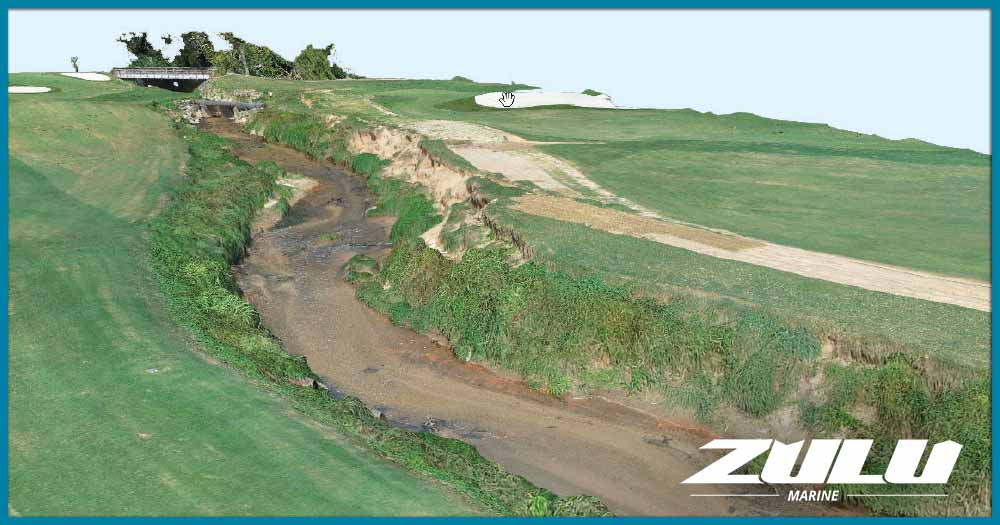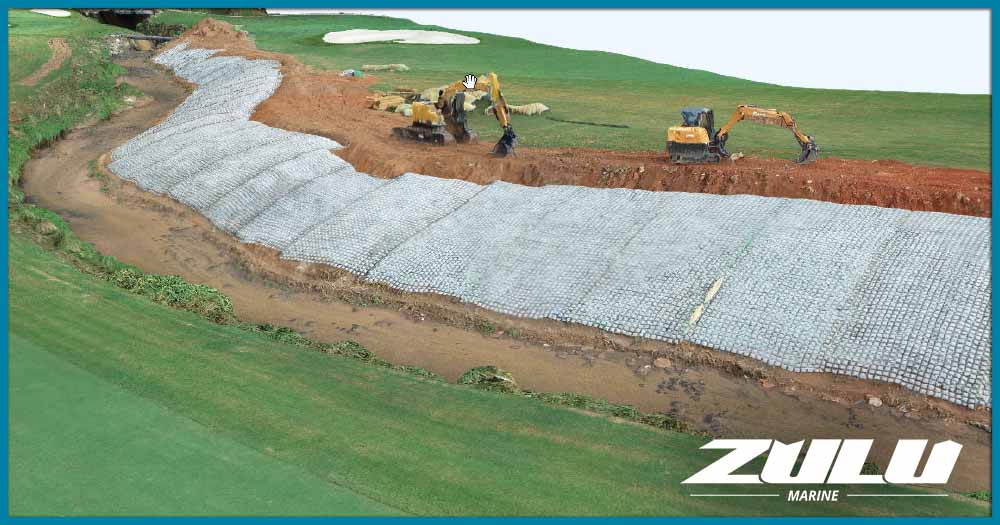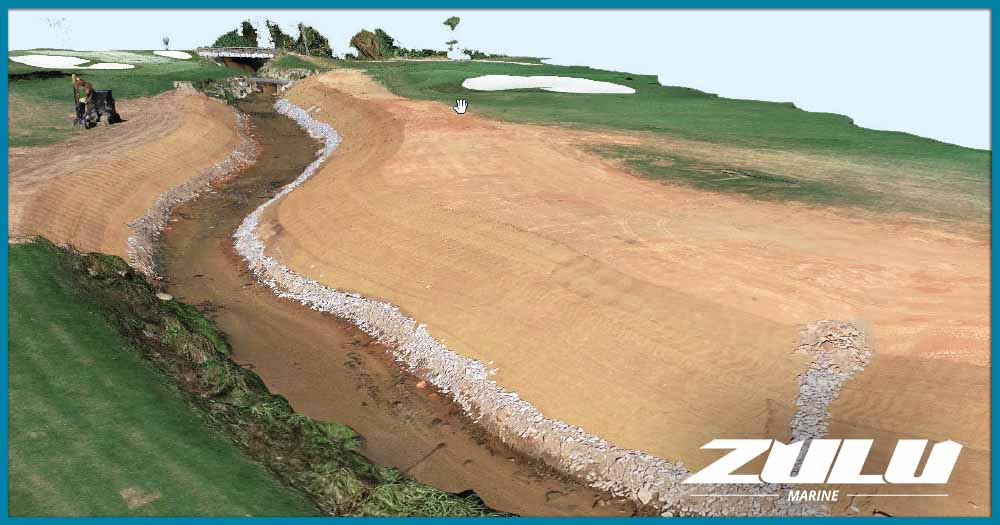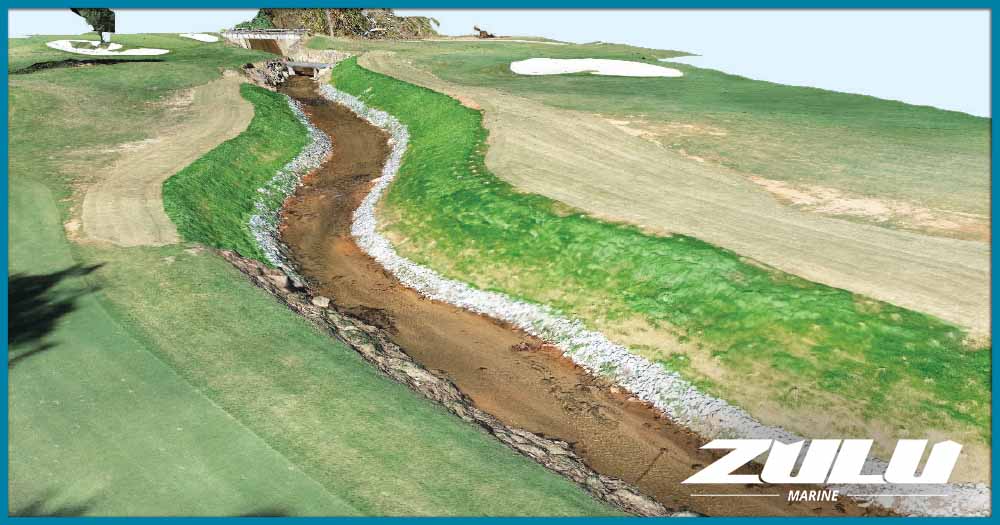Living Shorelines
Bank Stabilization
Bank and Shoreline Nature Based Solutions
Zulu Marine offers numerous solutions to erosion control and a variety of bioengineered products that are eco-friendly and designed to immediately halt soil erosion and stabilizes shorelines. Our living shorelines are unique in that they:
In all applications we use plantings to provide further stabilization through root growth.
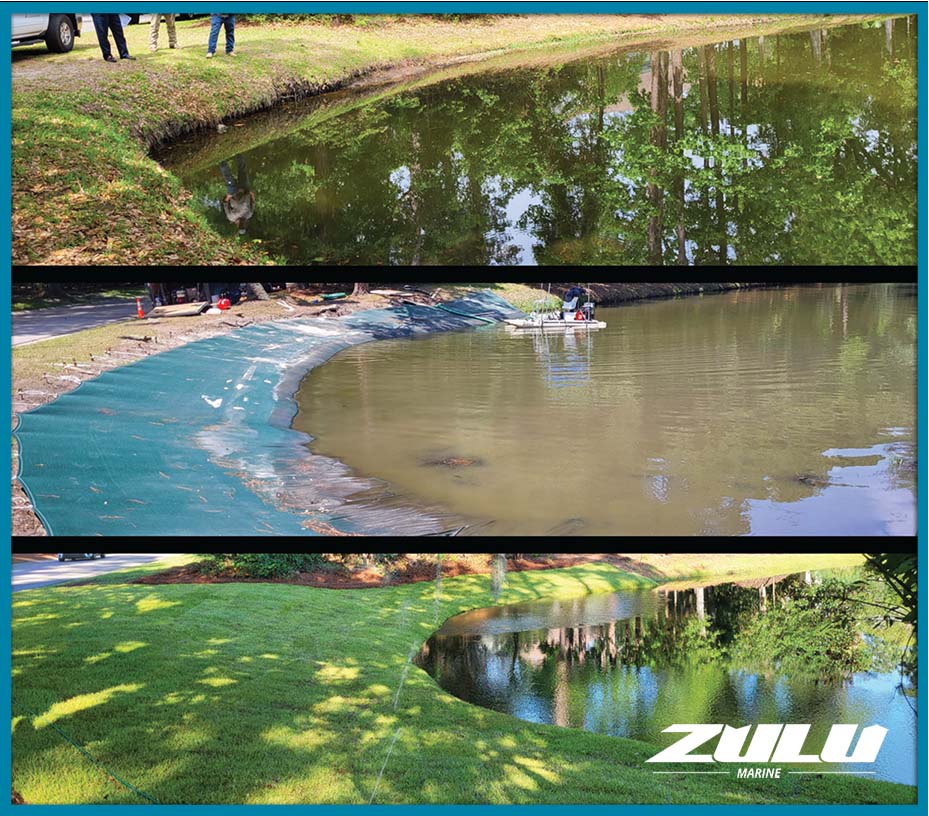
Stabilization Methods
Zulu Marine utilizes three primary methods of stabilization, each providing great benefits based on your unique goals and environmental needs.

Coir logs are comprised of meshed-together coir fibers encased in a blanket of coir twine or constructed into a large blanket rolled up to create a log shape. Coir logs and blankets are made of entirely natural materials.
Conditions
Light erosion, little or no current. All natural.

Sox is a lightweight, flexible, erosion-control blanket constructed of knitted, high-density polyethylene mesh designed with rip-stop technology for long-lasting and effective erosion control. Sox are filled either with locally-sourced fill dirt, or dredge material, and provides root protection and long-term erosion control.
Conditions
Low to medium erosion, lighter current, no storm surge.
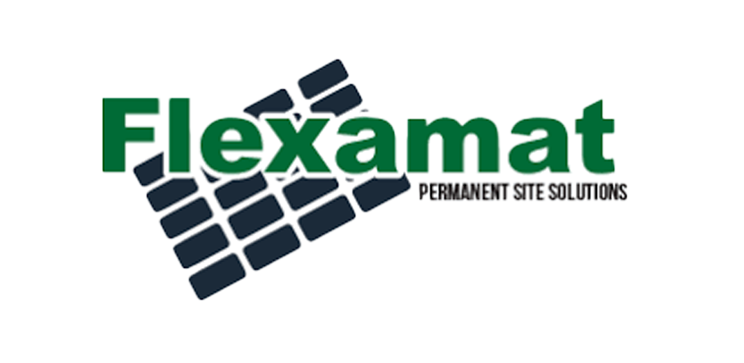
Flexamat is a vegetated concrete mat that consists of concrete blocks, locked together and embedded into a high-strength geogrid. Spacing between the blocks gives the mat flexibility and allows for vegetation growth and oyster recruitment. Flexamat banks absorb wave energy rather than deflecting it, preventing both future erosion and erosion on neighboring sites.
Conditions
Stream and creek bank erosion due to wave action, heavy current, or storm surge.
Nature Based Solutions
Zulu is proud to offer Sustainable, Nature-Based Erosion Solutions where stabilization and shoreline restoration is needed.
Our nature-based erosion control solutions provide a stable and environmentally friendly alternative to traditional riprap, seawalls, and bulkheads for stabilizing eroding stream and pond banks. By combining modern engineering techniques with natural materials like plants, timber, sand, and rock, we create solutions that not only prevent erosion but also blend seamlessly with the surrounding environment. These methods are effective in various aquatic settings, including ponds, lagoons, freshwater streams, and saltwater or tidal environments.
A key aspect of our approach is the use of engineered fabrics with a natural veneer that encourages native plant growth, further reinforcing the bank while providing valuable habitat for local wildlife. Native plantings play a crucial role in our designs, offering long-term stability, resilience to local climate conditions, and minimal maintenance. Their root systems form a vegetated buffer that absorbs and disperses stormwater while filtering pollutants, improving overall water quality.
We work closely with the Georgia Department of Natural Resources, which actively promotes nature-based erosion control. Through collaboration with their scientists, we ensure our construction techniques align with best practices for environmental protection and long-term sustainability.
Traditional vs Nature-Based Stabilization Methods
Swipe for comparison >
| Hardened Methods | Nature-Based Methods |
|---|---|
| Bulkheads, rip rap, revetments, jetties | Native plants with Coir, Sox or Flexamat |
| Can prevent stormwater runoff absorption, which can also destabilize structure |
Allows for natural stormwater absorption and dispersement |
| Provides minimal filtering properties | Filters pollutants and nutrients |
| Obstructs water-to-land faunal migration | Provides faunal-friendly slope for trans-ecozone migration |
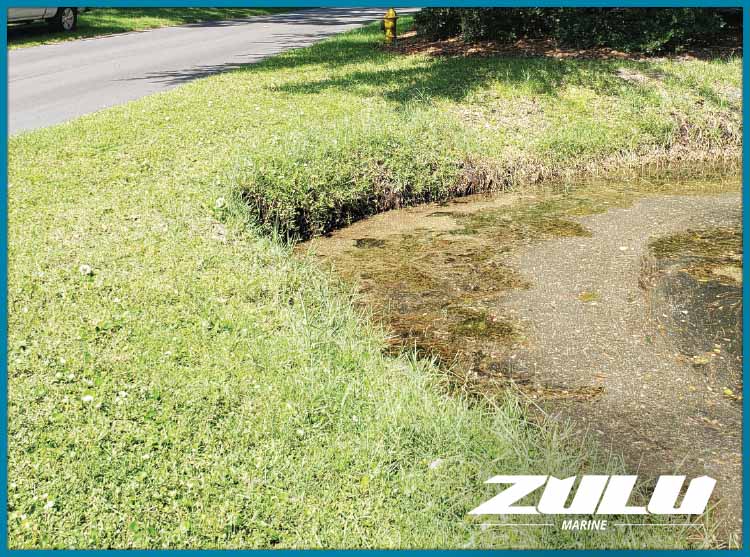
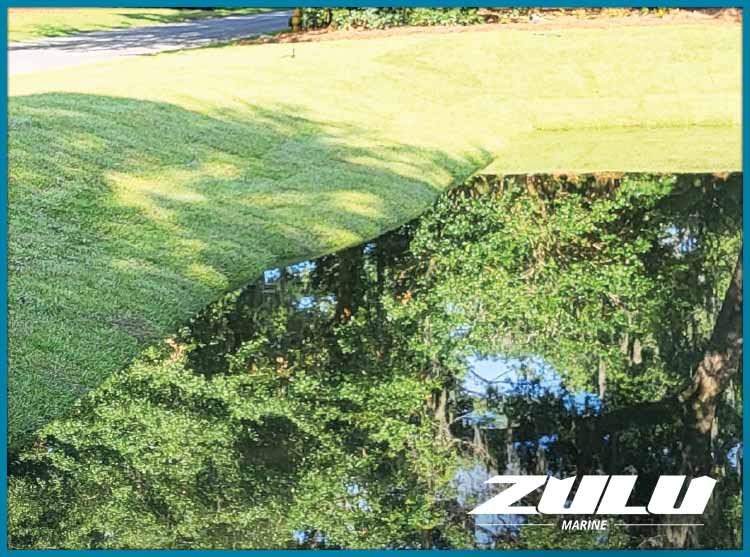
Hover / Tap to Reveal Transformation
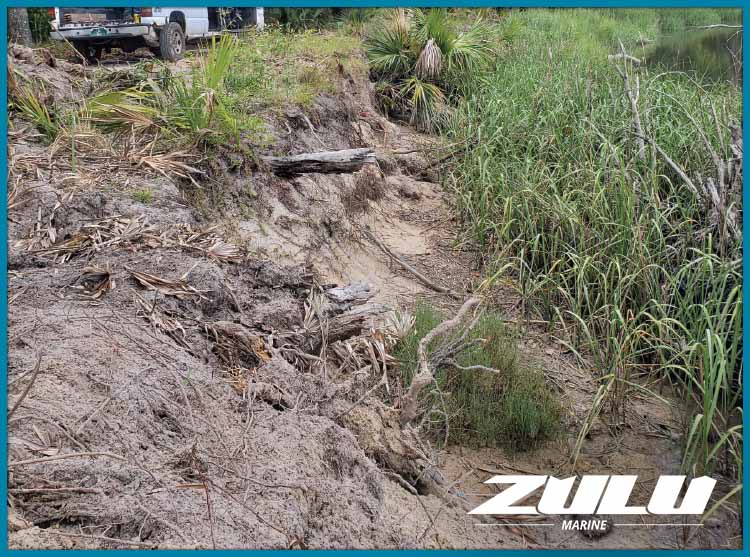
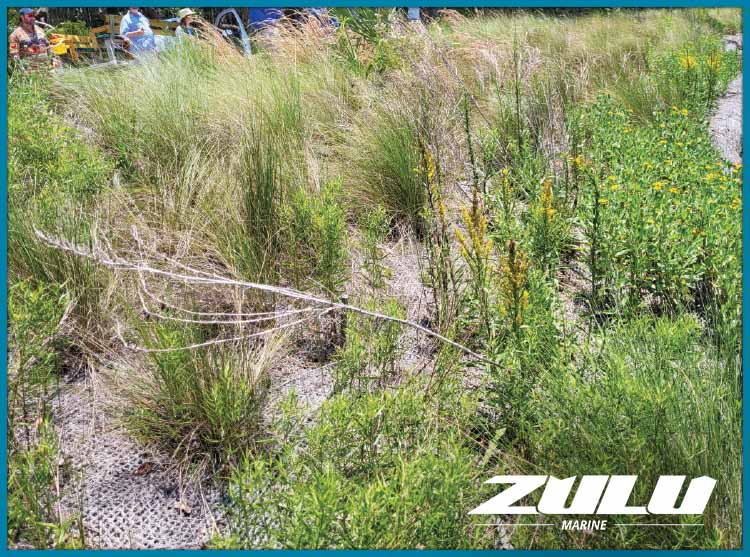
Hover / Tap to Reveal Transformation
Flexamat Installation


